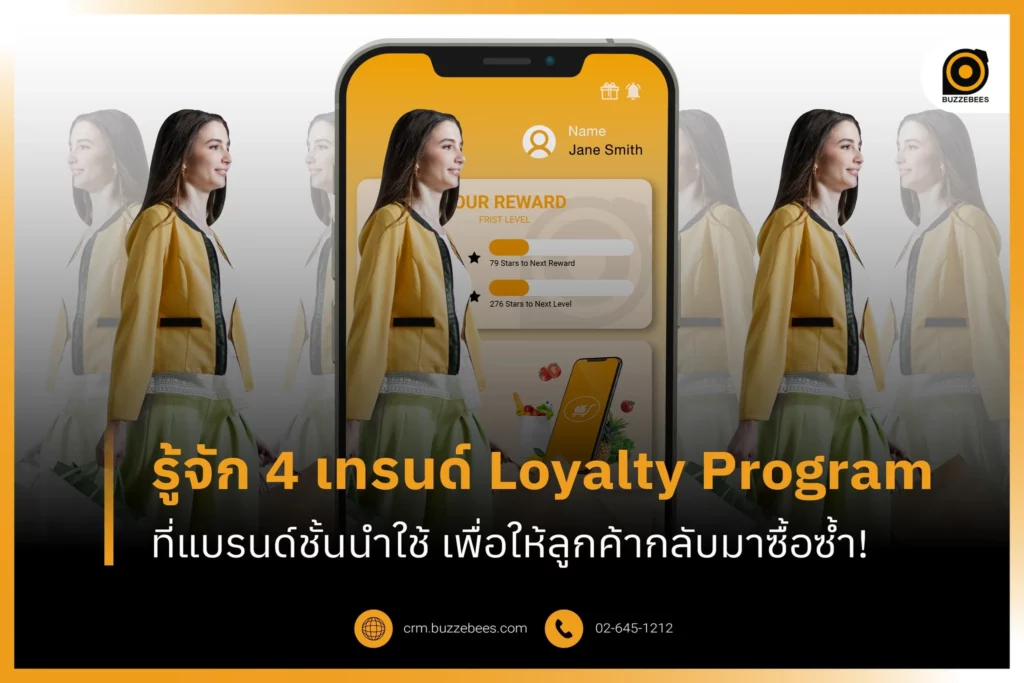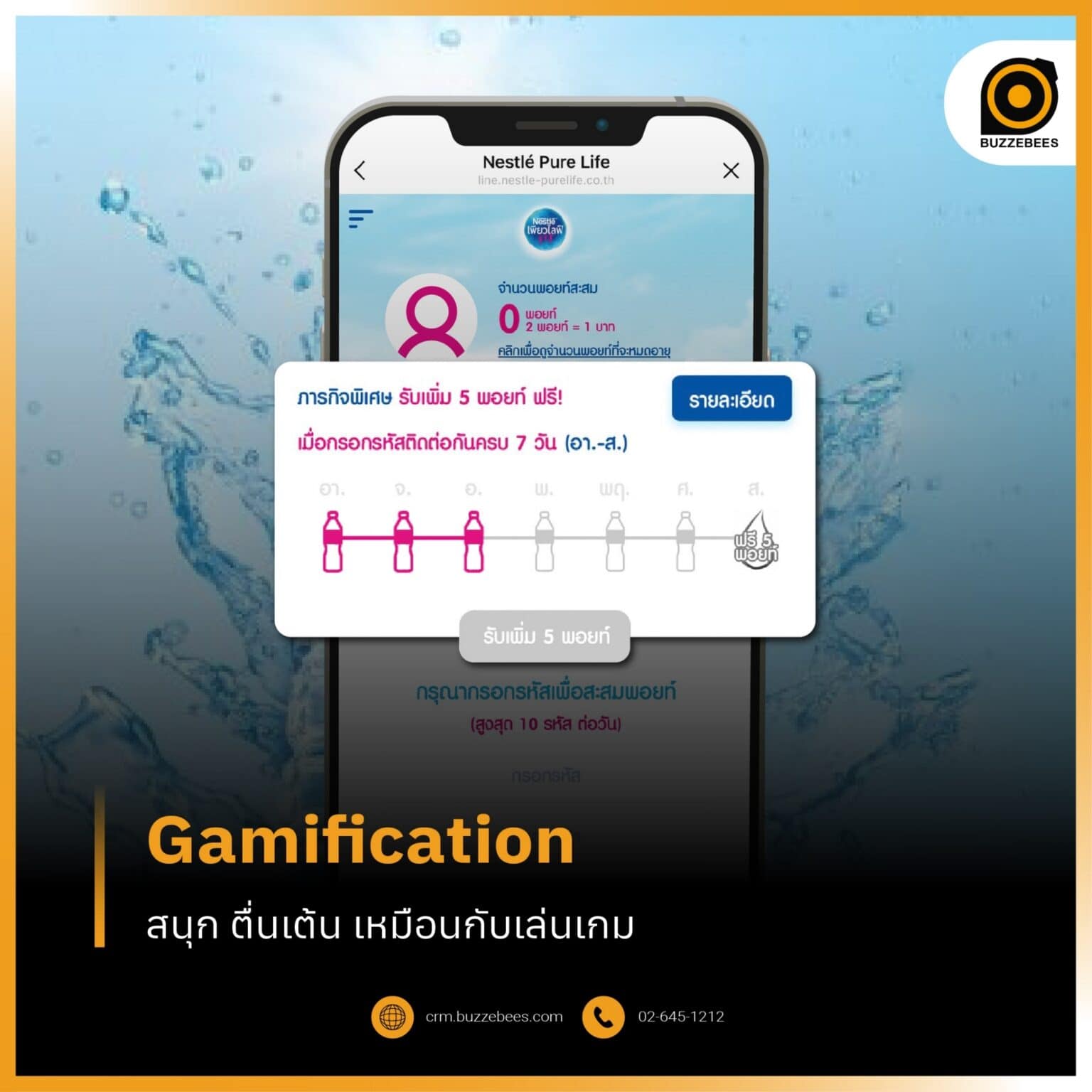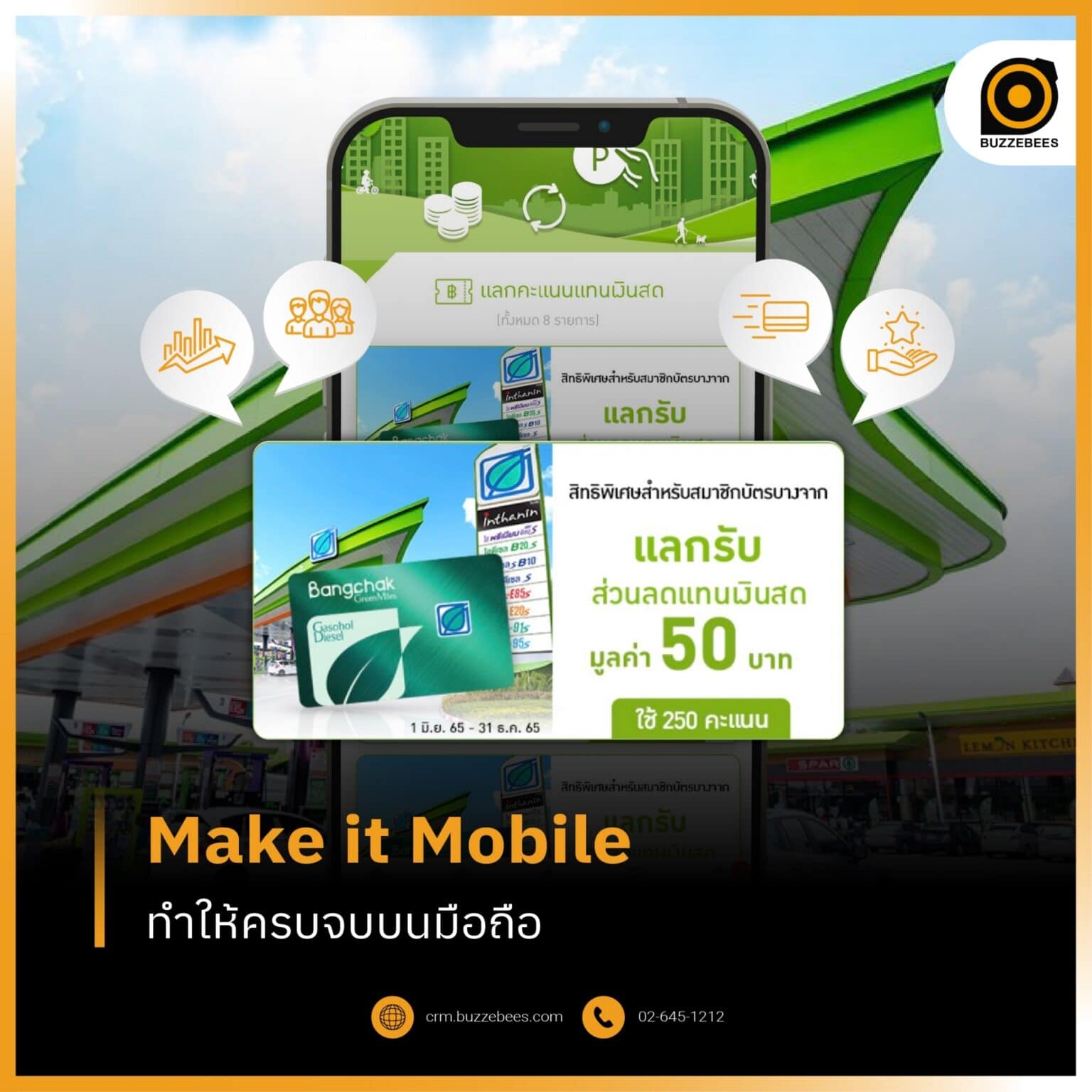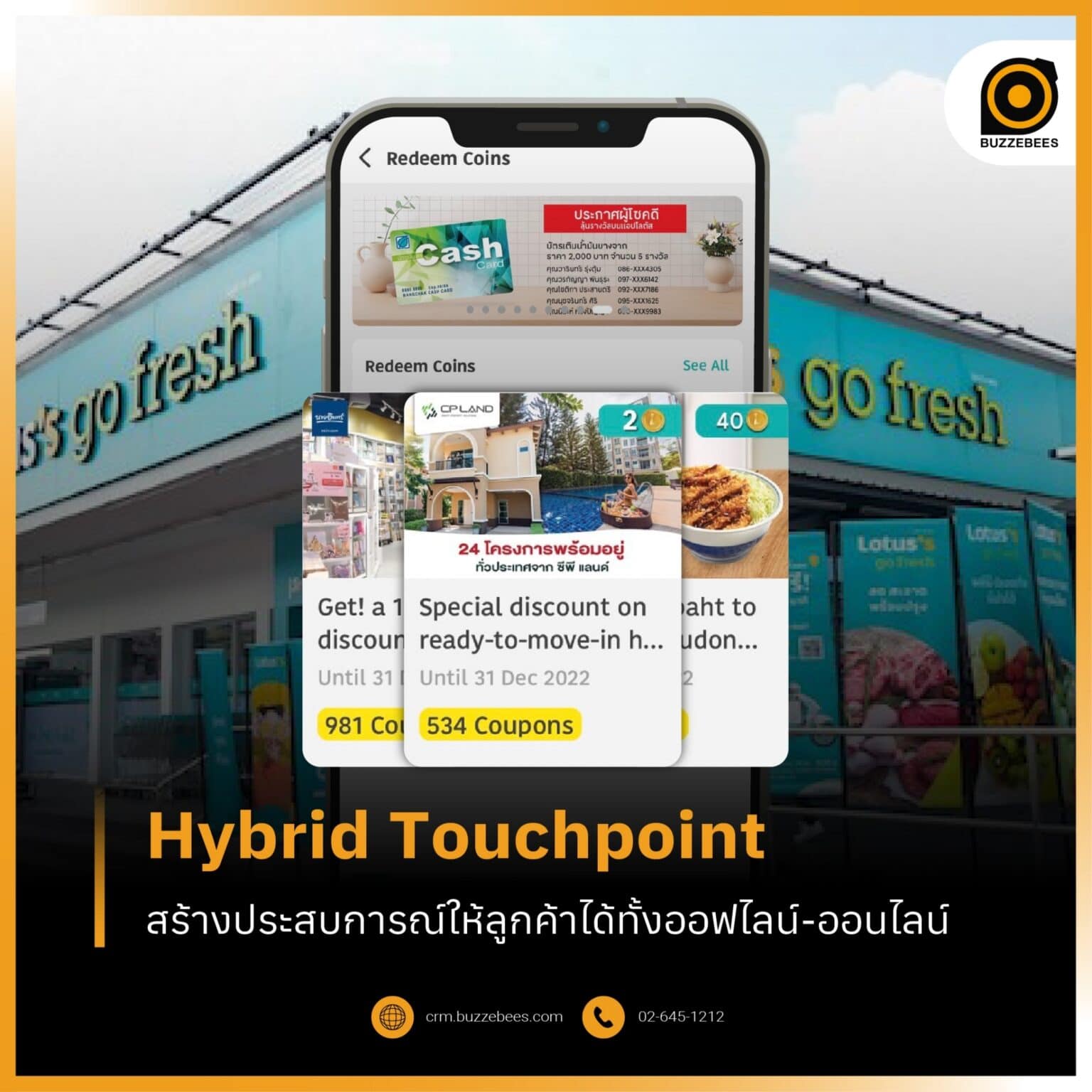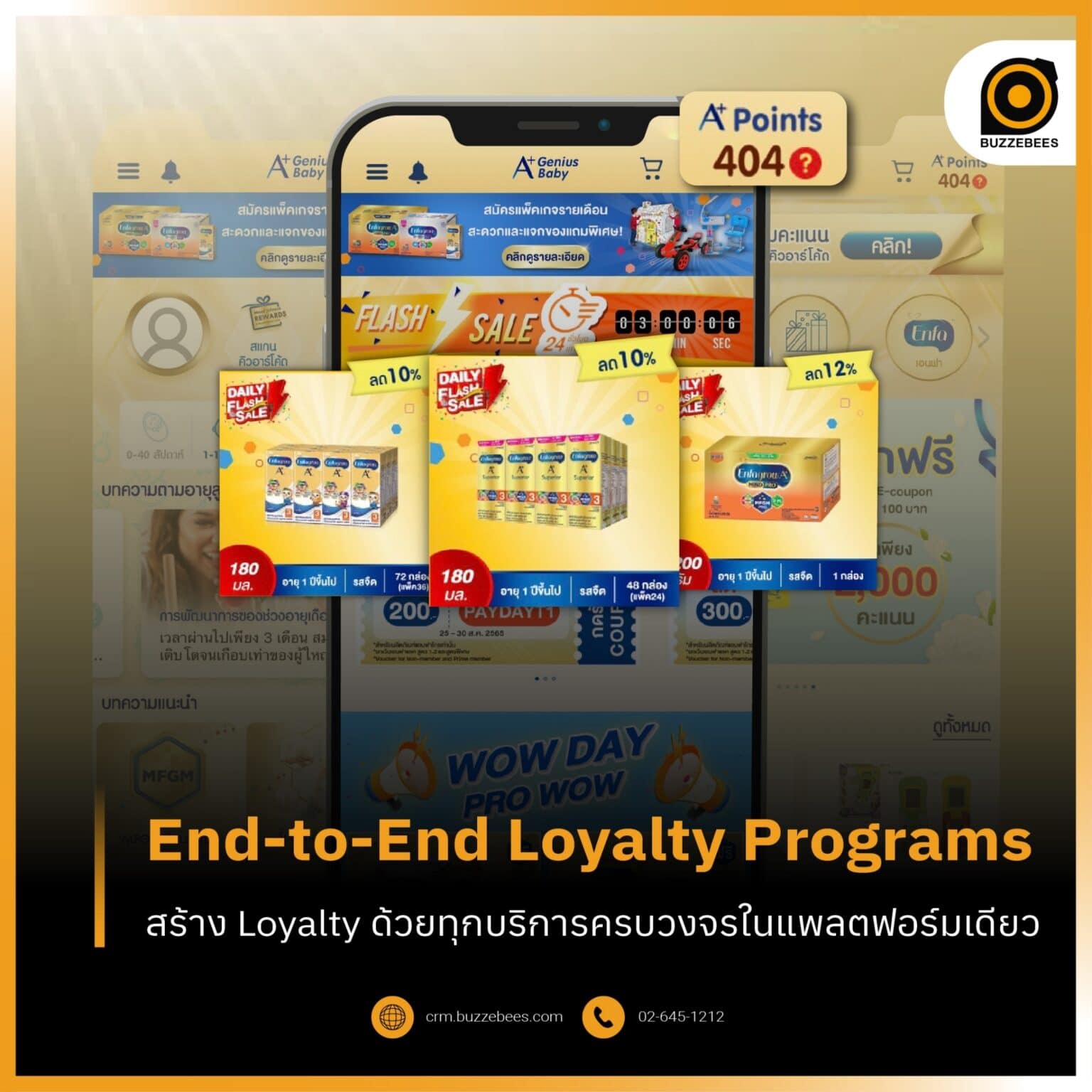In 2024, loyalty programs have moved far beyond simple “buy 10, get 1 free” deals. Now, top brands are using advanced techniques and digital strategies to foster customer loyalty and increase repeat purchases. By aligning with consumer needs and preferences, these loyalty programs help brands deepen connections and drive long-term customer engagement.
This article highlights four key loyalty program trends that leading brands leverage to retain customers, with real-life loyalty program examples you can adapt for your own business.
1. Gamification: Adding Fun to Shopping
Gamification loyalty program examples show that when brands introduce game-like elements, it makes shopping and interacting with the brand more engaging. Gamification uses fun, challenges, and rewards to keep customers motivated. When gamification is thoughtfully integrated into a loyalty program, it boosts participation and makes the overall shopping experience more enjoyable.
A great example is Nestle Pure Life, which implemented a loyalty program through LINE OA, adding gamification by having customers check in daily and enter codes for seven days to earn points. These points could be redeemed for discounts on food, beverages, lifestyle rewards, and monthly promotions. Gamification encourages users to engage consistently, giving customers reasons to return, participate, and stay connected with the brand.
Gamification loyalty program examples show that adding rewards for sharing or inviting friends, like earning points for referrals, can make a program even more effective.
2. Mobile Optimization: Complete Loyalty Experience on the Go
Today’s consumers spend a significant amount of time on their smartphones. Brands that create loyalty programs optimized for mobile can build closer customer relationships by meeting them where they already are. From apps to web-based loyalty programs or messaging platforms like LINE, brands can provide a seamless mobile experience, ensuring customers can access rewards, points, and promotions right from their devices.
One effective loyalty rewards program example comes from Bangchak, which consolidated its three loyalty programs—Bangchak Green Miles, Gasohol Club, and Diesel Club—into a single app. Through the app, Bangchak can communicate directly with customers, providing updates, promotions, and offers tailored to user behaviors. This comprehensive CRM system allows the brand to understand customer preferences better, enabling personalized offers and enhancing customer satisfaction.
3. Hybrid Touchpoints: Merging Online and Offline Experiences
Hybrid touchpoints combine online and offline interactions to create an omnichannel experience, which is increasingly valuable for modern consumers. Customer loyalty program examples that offer omnichannel access keep the experience seamless and connected. By integrating digital elements, such as apps or digital rewards platforms, with in-store interactions, brands ensure that customers can engage across all preferred touchpoints.
A great loyalty rewards program example is Lotus’s, which allows customers to earn points and redeem them as in-store cash coupons. Through the Lotus’s app, customers can check their points balance, redeem coupons, and access special promotions tailored to their buying history and preferences. This hybrid approach solves common issues, such as forgotten coupons, by digitizing the loyalty experience. This convenience drives loyalty by making it easier for customers to engage with the brand both in-store and online.
Hybrid touchpoints are critical for a customer loyalty platform that seeks to enhance convenience and ensure a seamless, unified experience.
4. End-to-End Loyalty Programs: A Full-Service Platform for Engagement
An end-to-end loyalty program combines all aspects of customer engagement within a single platform, from points accumulation and rewards redemption to integrated e-commerce and content. These all-in-one loyalty solutions create a seamless user experience and keep customers engaged by providing a one-stop shop for rewards, information, and customer interactions.
A standout example of an end-to-end customer loyalty program example is A+ Genius Baby, an app that serves as both a loyalty and e-commerce platform. The app lets parents access educational articles, track their child’s development, and purchase discounted products. Every activity and purchase on the app earns points that customers can redeem for rewards. This combination of shopping, education, and rewards boosts engagement by making every interaction meaningful and beneficial.
A loyalty platform that integrates end-to-end engagement can help brands provide personalized experiences and maintain a lasting connection with their customers.
Summary: Loyalty Program Trends That Drive Success
The latest loyalty program trends—such as gamification, mobile accessibility, hybrid channels, and end-to-end platforms—are transforming how brands engage with their customers. As these loyalty program examples illustrate, creating a seamless and enjoyable experience fosters brand loyalty, boosts customer retention, and encourages repeat business. Implementing these elements effectively can deepen relationships, keep customers engaged, and elevate the brand experience.
With years of experience as the leading customer loyalty platform provider, BUZZEBEES can design and implement these trends to help your brand meet the evolving needs of modern consumers. From brands like Samsung Galaxy Gift, Singha Rewards, and Citi LINE Connect to DTAC Rewards and ExxonMobil, BUZZEBEES has the expertise to tailor loyalty programs that drive customer loyalty and help businesses thrive.
For more information, contact BUZZEBEES at 02-645-1212 or email: support@buzzebees.com

